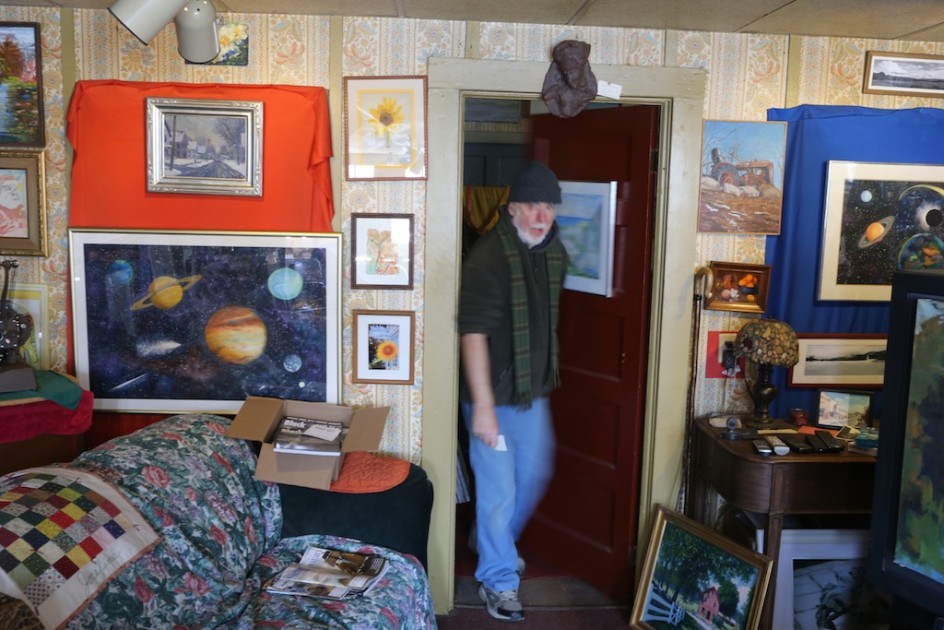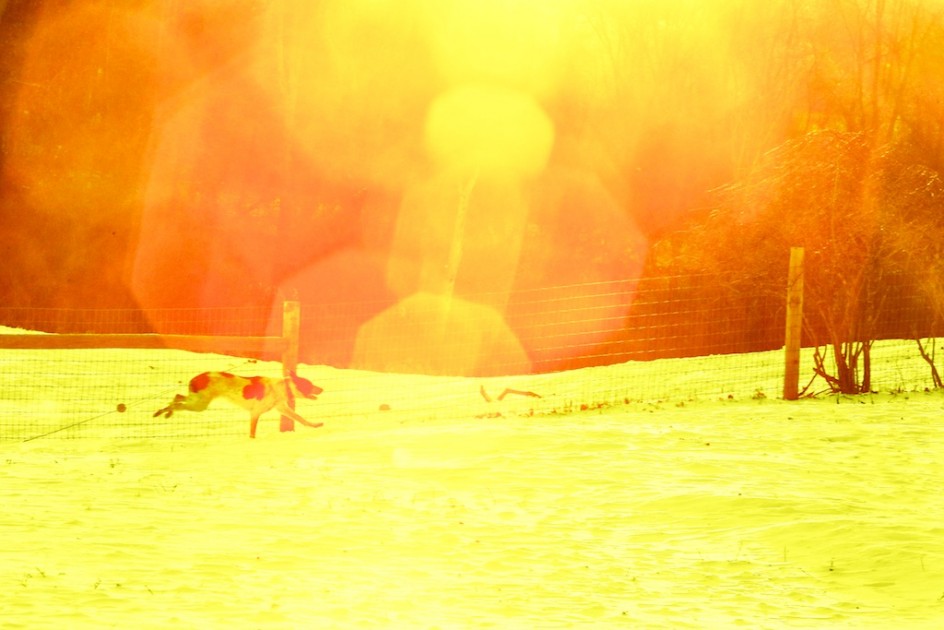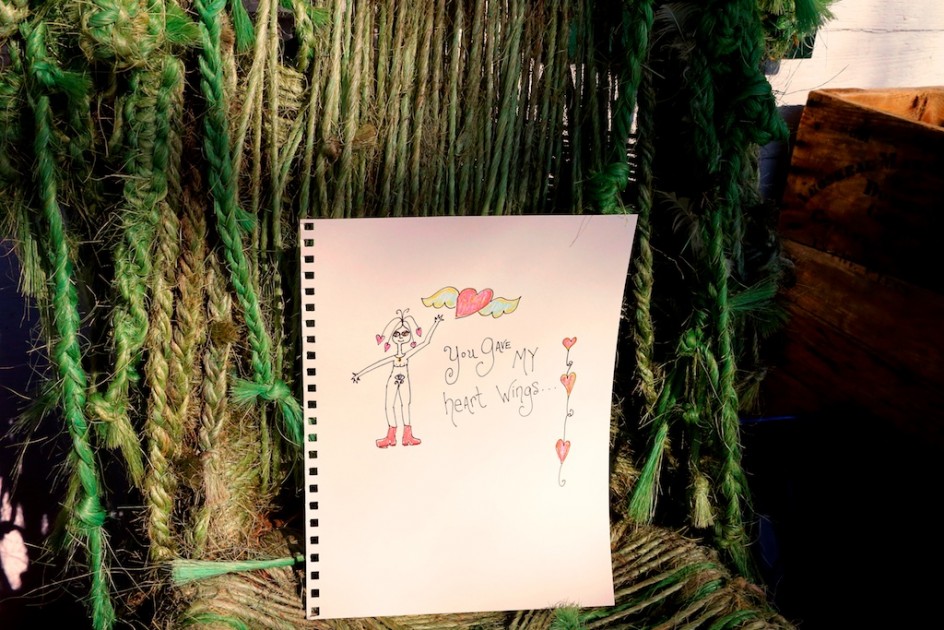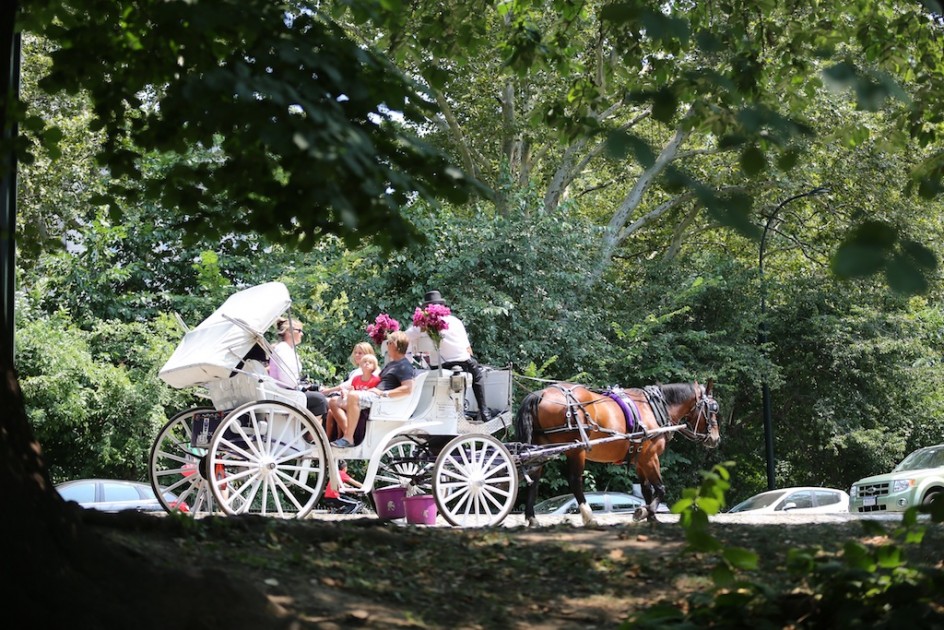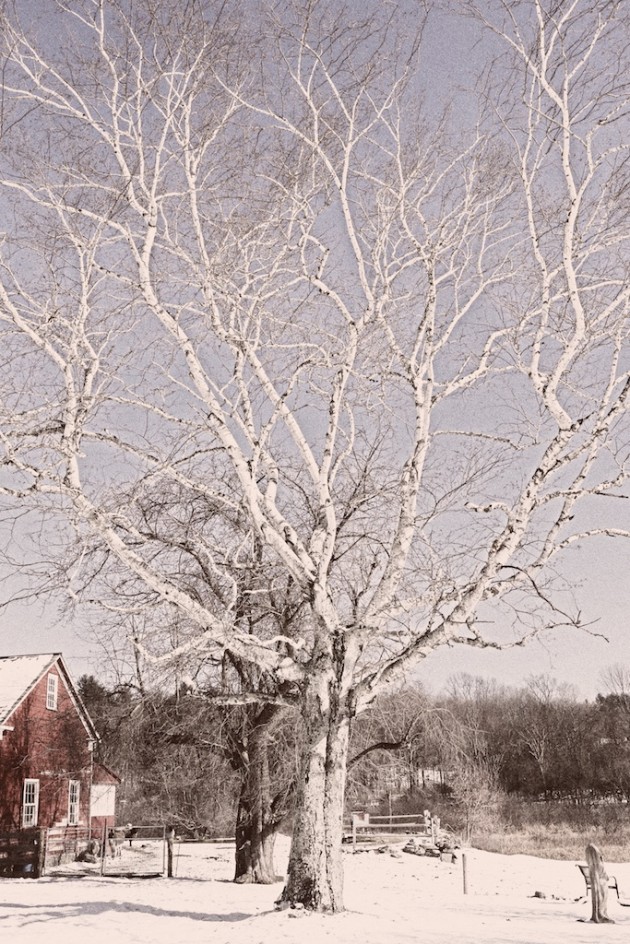
Lao Tzu said that life is a series of natural and spontaneous changes. Don’t resist them, that only creates sorrow. Let reality be reality. Let things flow naturally forward in whatever way they like.
An Internet marketer messaged me last week and cautioned me not to write too much about aging or death, younger people would turn away from my website. Not true, I replied, more young people than old respond to my writing about aging and mortality, they want to understand it before it is upon them.
And besides, my writing goes where my life goes, I don’t market to one group or another. I just want people who like to think.
Wise words from Lao Tzu, important to hear, difficult to practice. This weekend, a big step towards acceptance for me, and a hard one. We had a serious blast with frigid weather this weekend, it was a bone-chilling cold.
For a year or so, I’ve getting e-mails from our utility warning me about extreme weather. And some cautions from doctors about living intelligently. Corporations have become practiced in the marketing art of pretending to care about people while not caring about people at all.
I don’t think they are fooling anyone, they are certainly not fooling me.
My electric company has amassed enough personal information about me to warn me via e-mail Friday that temperatures would fall so sharply that all-time records would be broken. The wind chill could be as low as -45 degrees. If you are above 65, or have a history of heart disease and are taking prescription medicines, do not go outside, they cautioned. This kind of cold can be life-threatening. Get someone to help you.
I usually sent back a snotty and defiant response to these messages, I am numb to alarms and hysteria and don’t choose to live by either. I don’t need the utility to make decisions for me, and it is none of their business whether or not I go outside in cold weather.
But the weather was cold enough to bite.
Maria and I went out for Valentine Day brunch this morning and we decided to walk down Main Street a bit, it was only two or three blocks to the food co-op and then back. The temperature was – 8 and the wind was cutting.
After ten minutes or so, I felt drained, soon I was exhausted. The hands and feet that were frostbitten at the first Bedlam Farm screamed in protest. My skin seemed frozen, I could barely move my mouth. I couldn’t wait to get into the car.
This morning, Maria pleaded with me to let her go out and do the farm chores while I stayed inside, I couldn’t let her do it, I got dressed and followed her out.
The ground was so icy my footing was difficult, my formerly frostbitten fingers and toes throbbed. I simply couldn’t accept the idea that I couldn’t do the farm chores – haul heavy buckets, shovel manure, carry hay. I couldn’t abide the idea of letting Maria do this all by herself.
Today, I went out. I slipped on the ground, I broke the pasture gate and when I got inside I had to lie down, it was hard to breathe in that cold, Maria swathed me in blankets and brought me tea. She went back out into the cold to fix the fence. Some powerful feelings began to stir and shake inside of me.
Here, trying to be strong, I was just another form of invalid. I was selfish and closed up.
In the afternoon, when it was time for the evening chores and to grain the animals for the cold night approach, I started to get dressed, to get into my heavy boots. “No,” she said, “You are not going out again. You are staying in. If you don’t stay in, I won’t go out either.” I got angry. Why was everyone telling me what I can and can’t do? I am not decrepit or crippled. I won’t let other people define me in this way, I’m not prepared to accept that there are limits to what I can and can’t do on the farm and in what kind of weather.
She was insistent, I could see the concern in her eyes. Why wasn’t I hearing it?
Then, I began to see the truth.
Maria was trying to tell me something I didn’t want to hear, was struggling to accept. But was true. I am in good health now and have plenty of energy. I am also beginning to be old. I have fallen down on the ice, and it is hard for me to breathe well in this kind of cold. Some of it is my body, some of it is the prescription medications I take for my heart. Being outside drains me like bathtub water rushing down an open drain.
Maria has to worry about me as much as the animals. Life is a series of natural and spontaneous changes, and I am in the middle of some big ones. There is no point in resisting them, it only creates sorrow and regret. Let reality be reality. Accept aging with grace, not defiance, with truth, not denial. Listen to the people who love me and let things flow naturally in whatever way life presents.
It is not awful to be getting old, it is awful to be in denial about it. I am just another kind of liar if I can’t see where I am, if I can’t see myself mirrored in the eyes of others. That is what it means to be blind, not strong.
Wise words from Lao Tzu, I’ve read them before, it is time to understand and accept them. And yes, there is sorrow. Not once, in all the years that I have lived here did I once imagine a time when I could not go outside and help run the farm in even the coldest and most extreme kind of weather.
I was sad and mournful sitting in the living room, watching Maria and Red and Fate go out of the house and walk outside towards the pasture. I sat and closed my eyes and listened to the animals call out in excitement, heard the barn door slide open heard Maria call to the dogs, talk to her pony and donkeys, even heard the water splashing in the bucket.
I heard her shout commands to the dogs and then, maybe 15 minutes later, she came in with the dogs, who rushed over the me. I just wanted to cry.
I did not. Maria was happy, relieved that she could do this while I stayed inside. She is younger than I am, she is fit and loves the farm chores, cherishes feeding and being with the animals, directing the dogs. This time has passed me by, this kind of a day. For once, the electric company was right, even though it is still none of their business.
Imagine it or not, the day had come. I was there, at the bridge.
Maria would not lie to me. It is time to accept that there are some things on the farm that I cannot do any longer. Among those things are staying outside for long periods of time hauling water and hay in sub-zero temperatures with dangerous wind chills. I will be doing no one any favors of I fall on the ice and break some bones slip hauling heavy water buckets or gasp for air in wind so cold it is hard for my lungs to breathes. I do not care to be a stubborn macho man, but one who sees and accepts truth, and works to deal with it well, not deny it.
So that is a big step towards wisdom and acceptance. I am beginning to be old. I can do almost all of the things I love to do – write, hike and walk, make love, take photos, read, go to the movies, help with farm chores on days that are not brutally hot or brutally cold.I can have a piece of dark chocolate every single day. My writing is just beginning to feel good to me.
And there are some things that I cannot do, and I will not fight or deny them.
Life is a series of natural and spontaneous changes. The kind of man I wish to be bows his head to the laws of life, and gives thanks for living, and lives in grace.
Sometimes life brings me joy, sometimes it brings me grief, I hold life like a beautiful flower in my hands, between my palms, I look at it directly, no charming smiles, no fancy rationales, no slick evasions.
Yes, I say, I will take you in my hands and I will love you, again and again.

